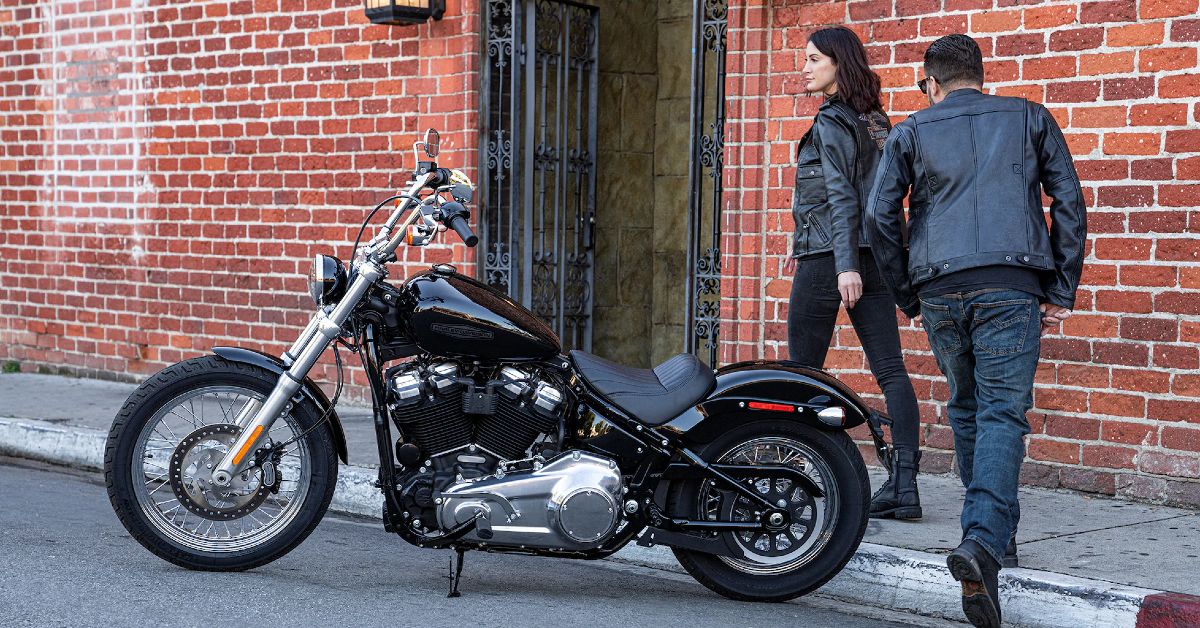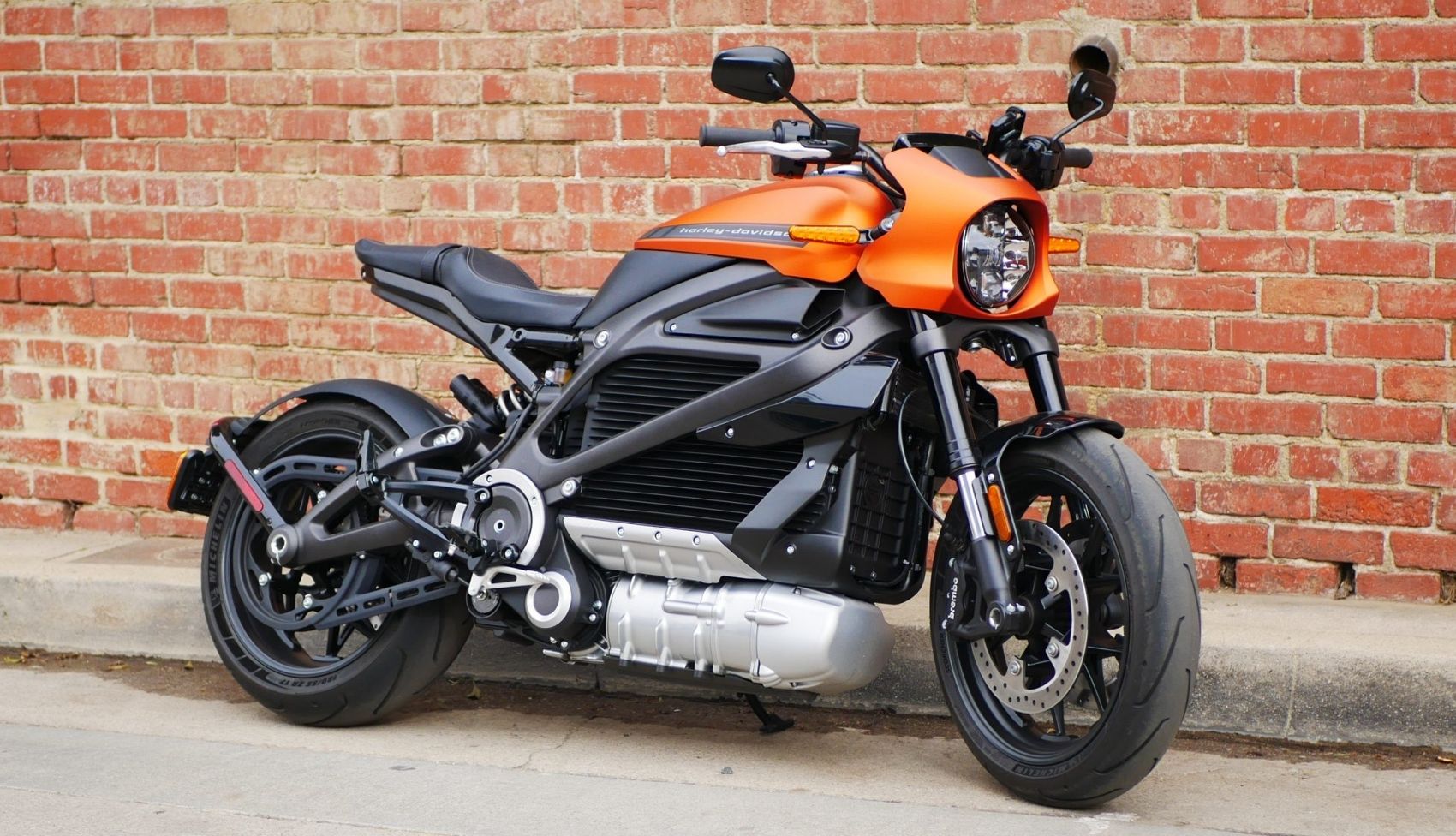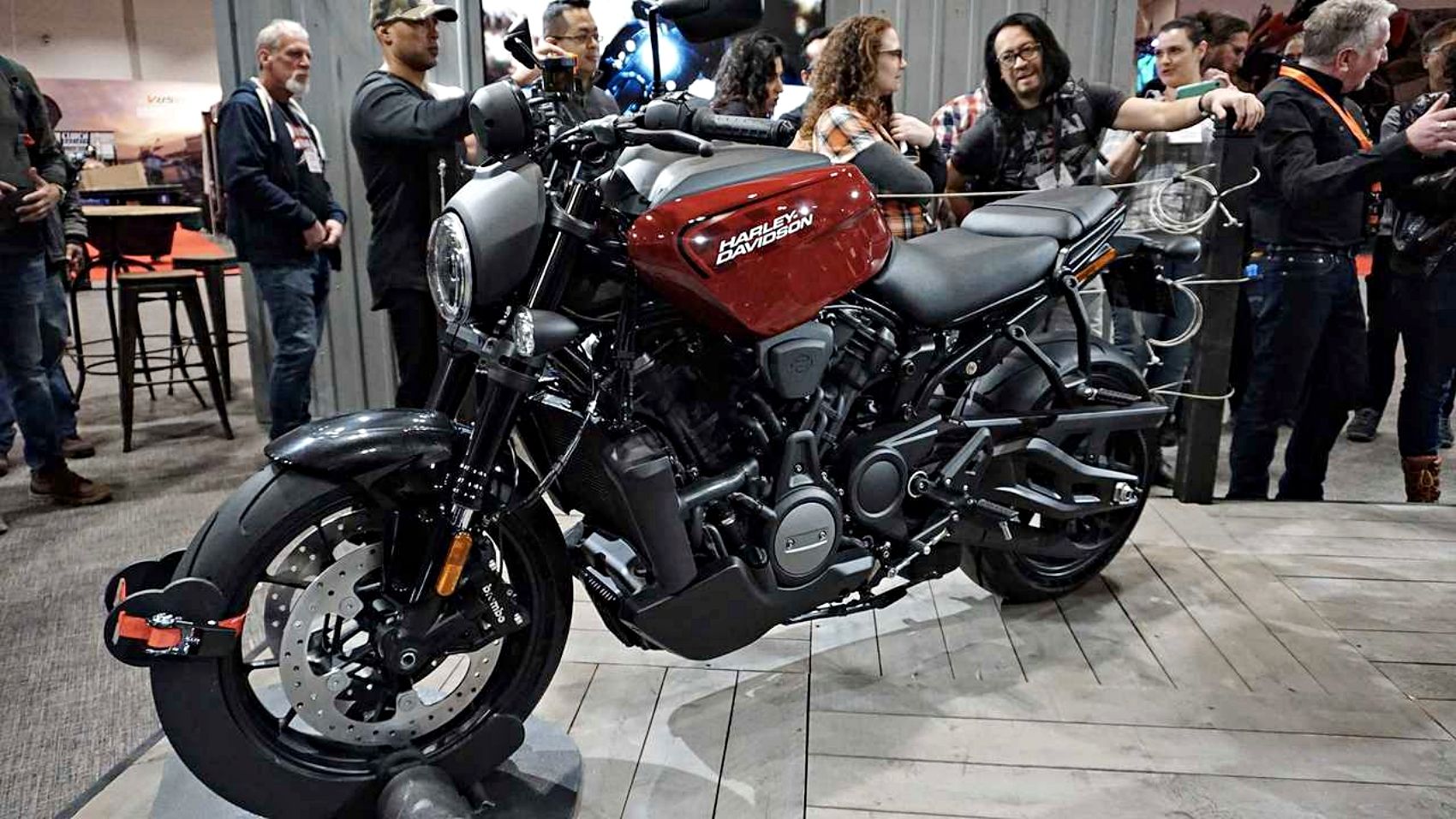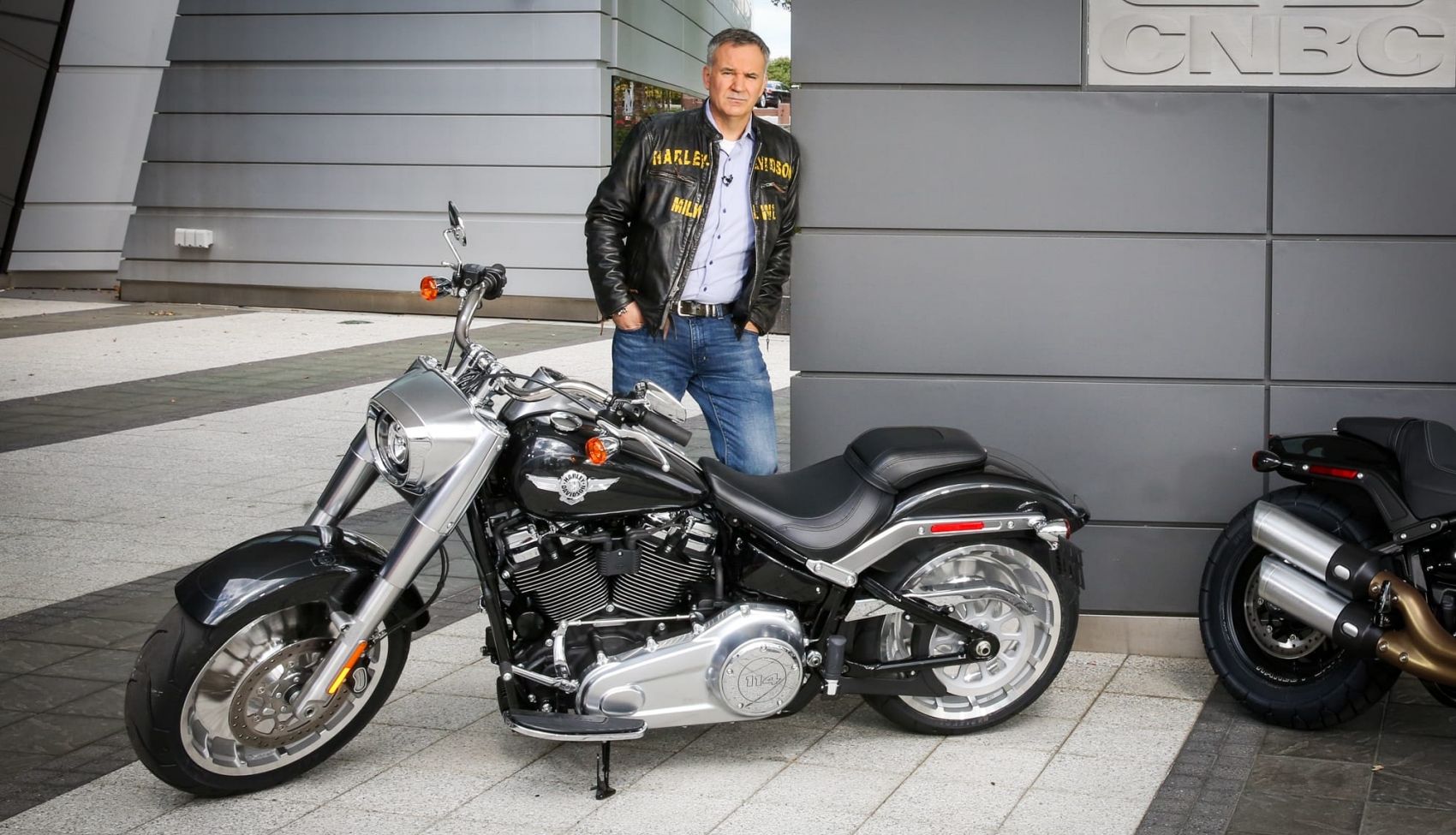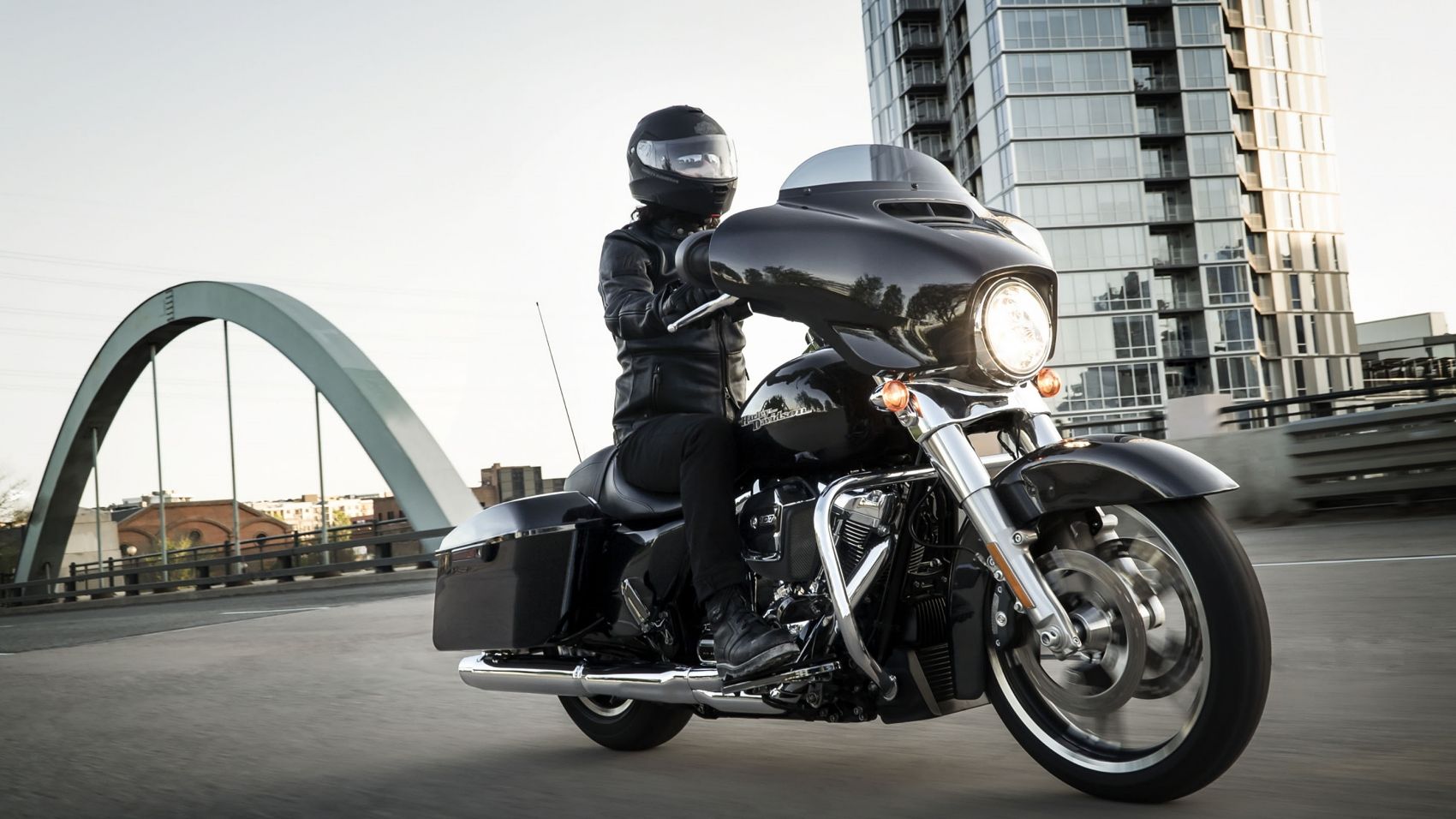Since its inception in 1903, Harley-Davidson has managed to position and maintain itself as one of the most iconic motorcycle manufacturers in the world. The company survived the great depression and played integral roles in both world wars. Disenfranchised U.S. soldiers adopted Harley's offerings as their de facto rebel ride of choice, giving rise to the myriad of 'one-percenter' motorcycle clubs that exist today.
Unfortunately for H-D, association with the Hells Angels, along with their brethren and enemies, are a large reason why sales have plummeted the past 15 years. In terms of both bikes and merchandise, the U.S. always represented the most successful market for H-D, but motorcycle sales, in general, are down by a large percentage locally. Compound this with the emergence of many high quality and more reasonably priced alternatives from foreign competitors like Honda, BMW, Kawasaki, and Yamaha, and it becomes clear why H-D is facing an existential crisis. As of 2019, Honda was the #1 top-selling motorcycle brand, followed closely by Yamaha and BMW. With over four times the population of the U.S., India is currently the top motorcycle manufacturing country and India-based Hero MotoCorp is the largest manufacturer. So where does this leave H-D?
Put simply, Harley-Davidson needs a culture shift and an attitude adjustment if it's to survive Covid-19 and beyond.
New And More Modern Designs
Meet the LiveWire (above). H-D's first electric bike sports 93 HP and accelerates to 60 mph in 3.1 seconds. It features high-quality materials like Brembo brakes, and once powered up, actually sends a small vibration through the handlebars so you don't forget its ready to blast off with a twist of the throttle. The build-quality, technology, and design are all testaments to what H-D is capable of, but unfortunately with a $30K price tag and limit of 113 miles on a single charge, this bike might not even sell enough to recover its development costs.
Understanding market segmentation is key to business success, and new buyers are gravitating toward more minimalist bikes. The H-D Iron 1200 remained the top-selling U.S bike in 2019, but the next 9 were all far cheaper and more basic offerings from foreign companies like Honda, Kawasaki, and Yamaha. H-D has recently unveiled prototypes and demo models of retro-styled cafe racers and 'naked' bikes called "Pan American, 'Adventure' and 'Bronx Streetfighter', and it seems at least some will reach production as the company also filed two EU patents.
Attract A New, Younger And More Varied Clientele
Boomers represent an aging segment that simply isn't going to buy too many more motorcycles. The median H-D owner's age in 2018 was 50, up from 27 in ‘85. Millennials and the like have lesser financial means to buy a vehicle and as such, look at practicality and price as the two most important determining factors when making a purchase. Yamaha and Kawasaki have built their brands around selling simplicity and value, whereas H-D is the poster-child for American excess.
Introducing newer 'naked' models at a cheaper price-point is a step in the right direction, as is the buy-back program H-D has been running for many years. This starter program incentivizes new Harley owners to become repeat customers. After buying their cheapest entry-level 'Sportster' model, you have the option to get your full purchase price back if you choose to trade up on a more expensive model within twelve months of original purchase.
Increasing Foreign Sales
Before he was forced out, former CEO Matt Levatich (above) was leading the charge toward aggressive expansion into foreign markets. His planned strategy was to have overseas sales account for half of H-D's revenue by 2027. According to CNBC, "some of the world’s biggest markets lie in Asia, specifically India, China, Vietnam, and Indonesia." Levatich convinced the E.U. to allow Harley to ship bikes directly from its Thailand facility, thereby avoiding the 25-percent retaliatory tariffs placed on all U.S.-built bikes.
Levatich was also responsible for the focus on less expensive bike options and minimalist electric-bike designs. Raymond James analyst Joe Altobello said, "Harley has some of the highest motorcycle margins in the world. The question is how much degradation are they willing to take?” It seems the answer to this question was 'none at all', as Levatich was driven to resign by H-D's board in February 2020.
What Is Harley-Davidson Actually Doing?
The first thing new CEO Jochen Zeitz did was claim the companies recent strategy under Levatich had, "diverted attention from Harley’s profitable models". Instead of continuing with an updated marketing model, H-D doubled down on their previous branding with a new five-year strategy called 'The Rewire'. The first change will be a 30-percent decrease in manufacturing which addresses decreased sales and the COVID pandemic.
Secondly, showrooms will decrease inventory ("fewer SKUs") and offer fewer models with fewer options and colors. Harley's brain-trust decided that driving exclusivity by limiting availability was the prudent path forward. Similar to how Lamborghini limited production of the Urus despite overwhelmingly successful sales, H-D feels they can position themselves as the most desirable motorcycle brand in the world using the same philosophy. The company has also promised to spend an equal amount maintaining their aging base as they expand to other markets, which makes sense as that demographic is the only one who can afford a new Harley.
Time will tell how well the Rewire works.

